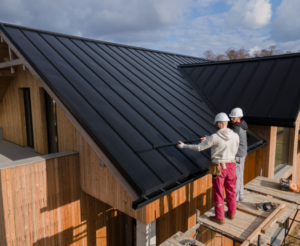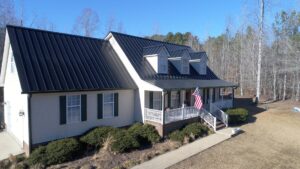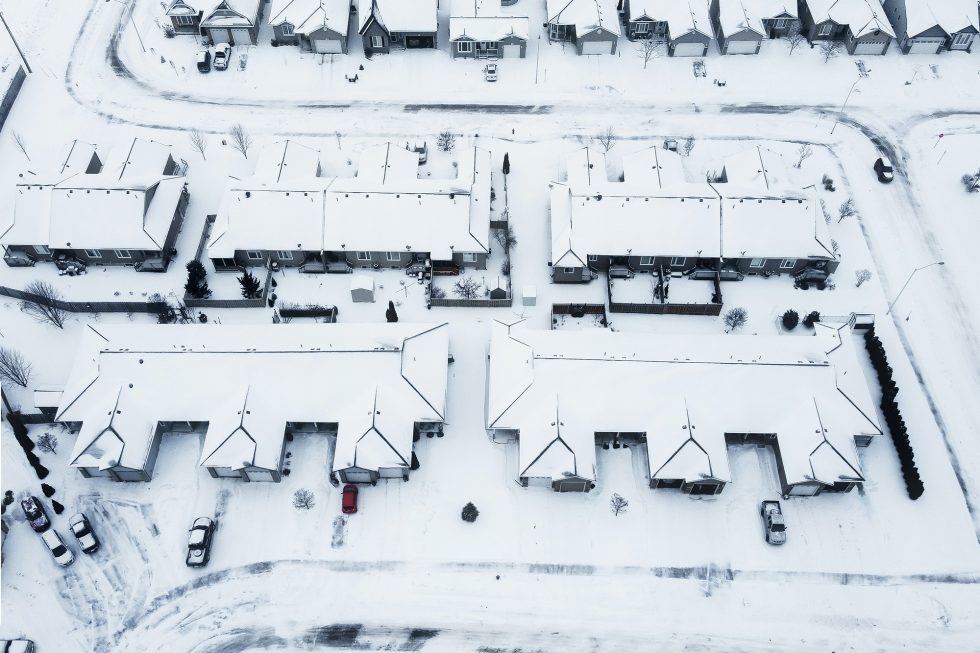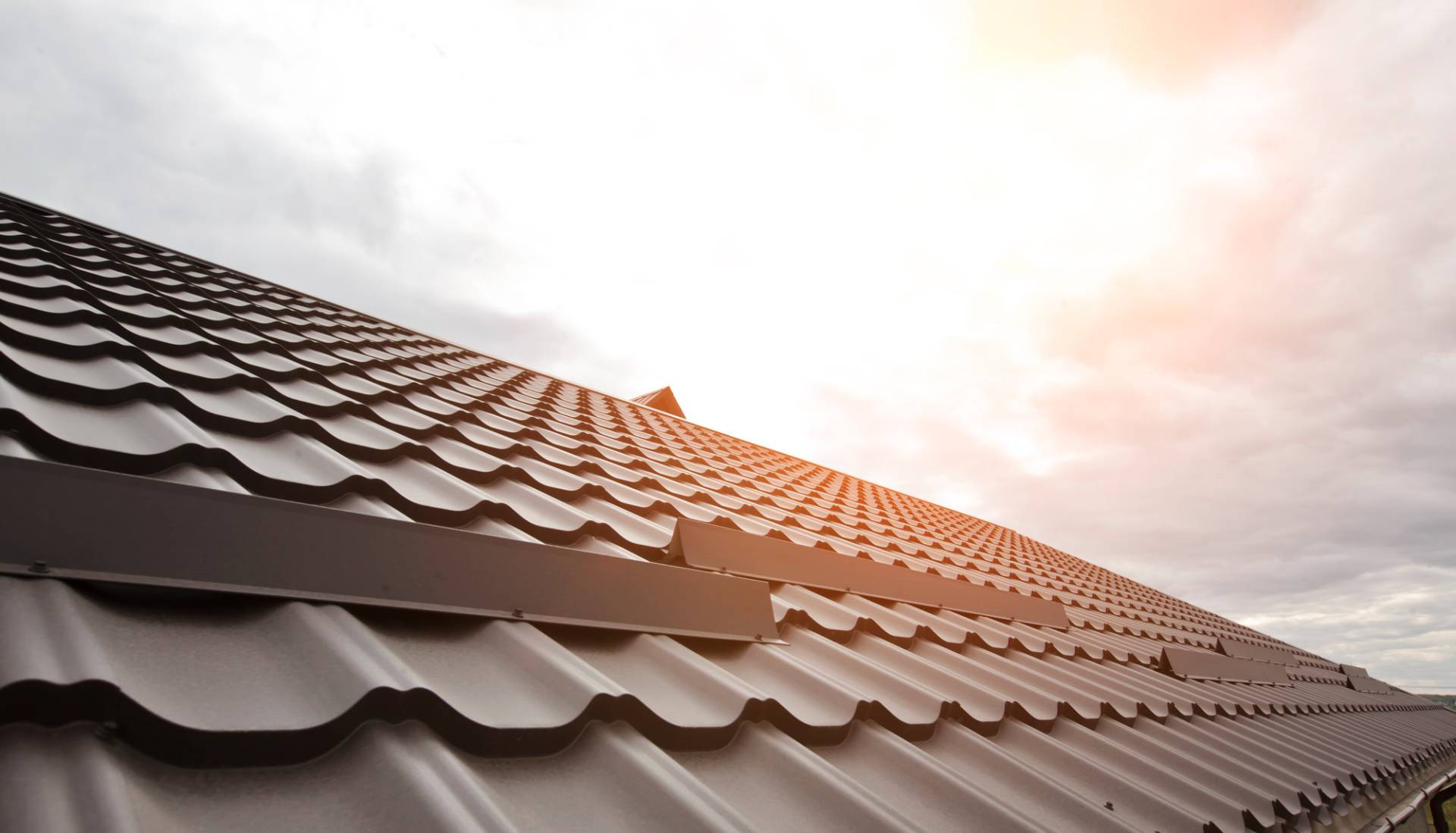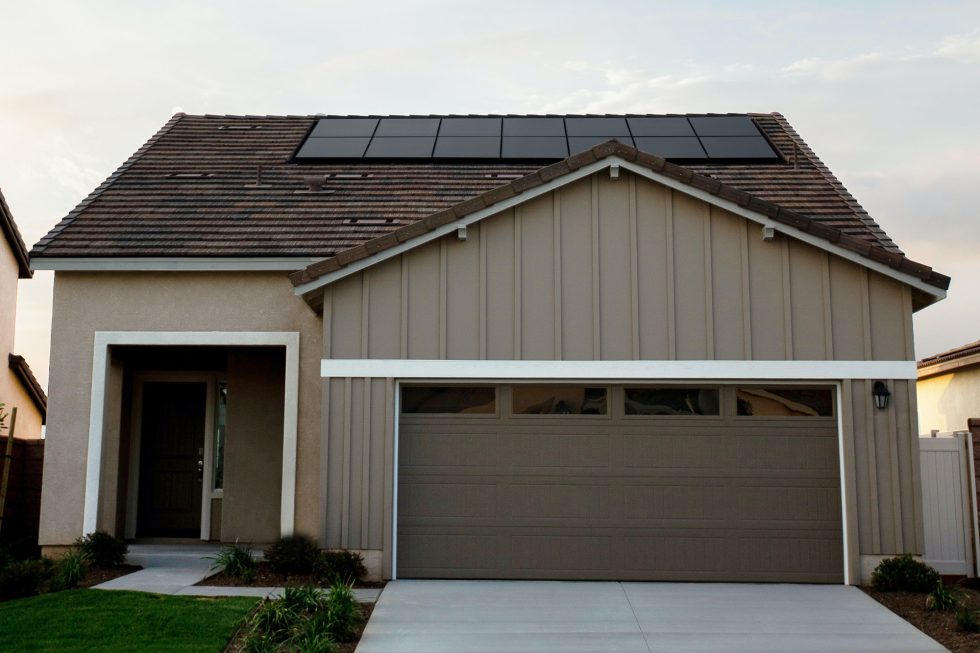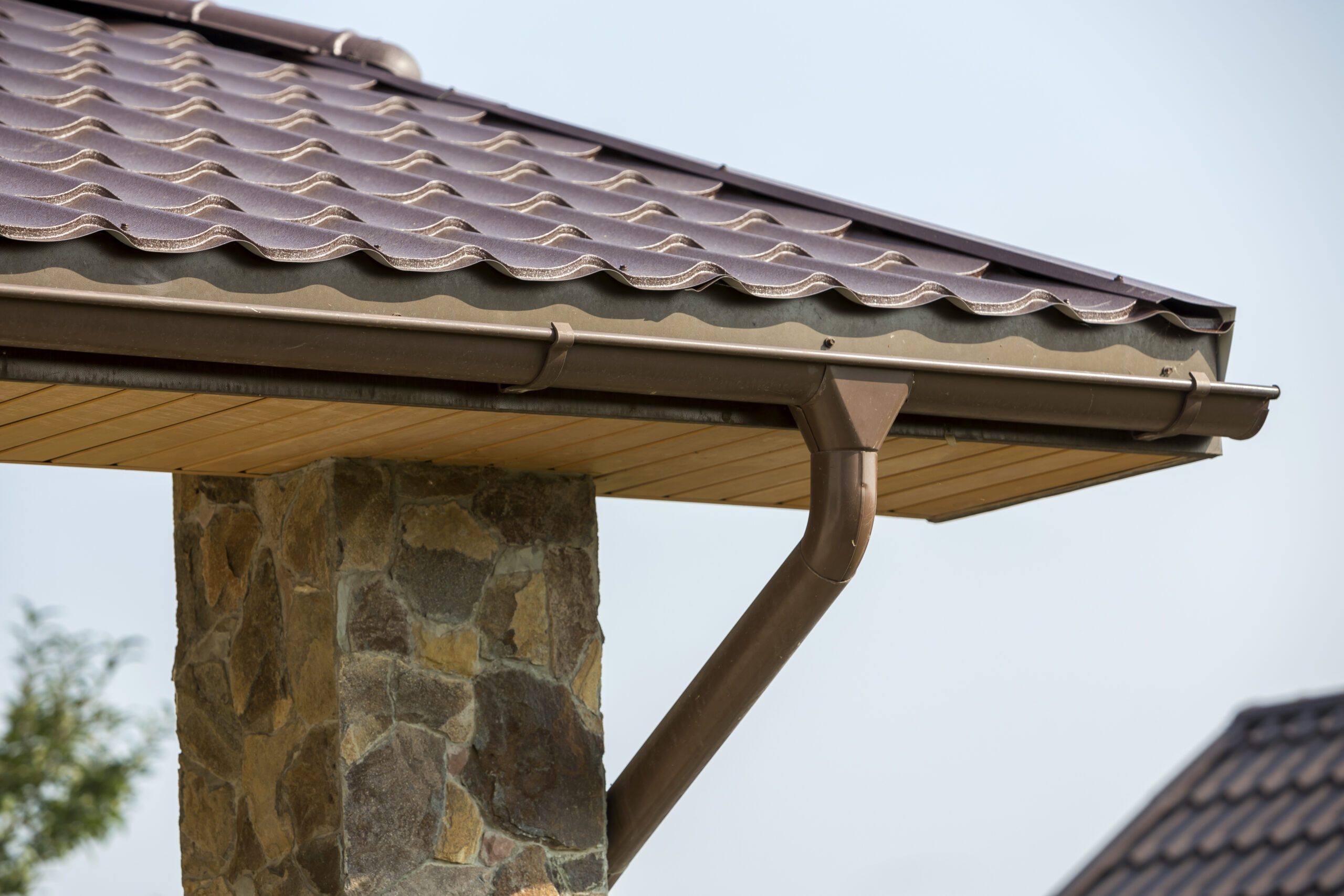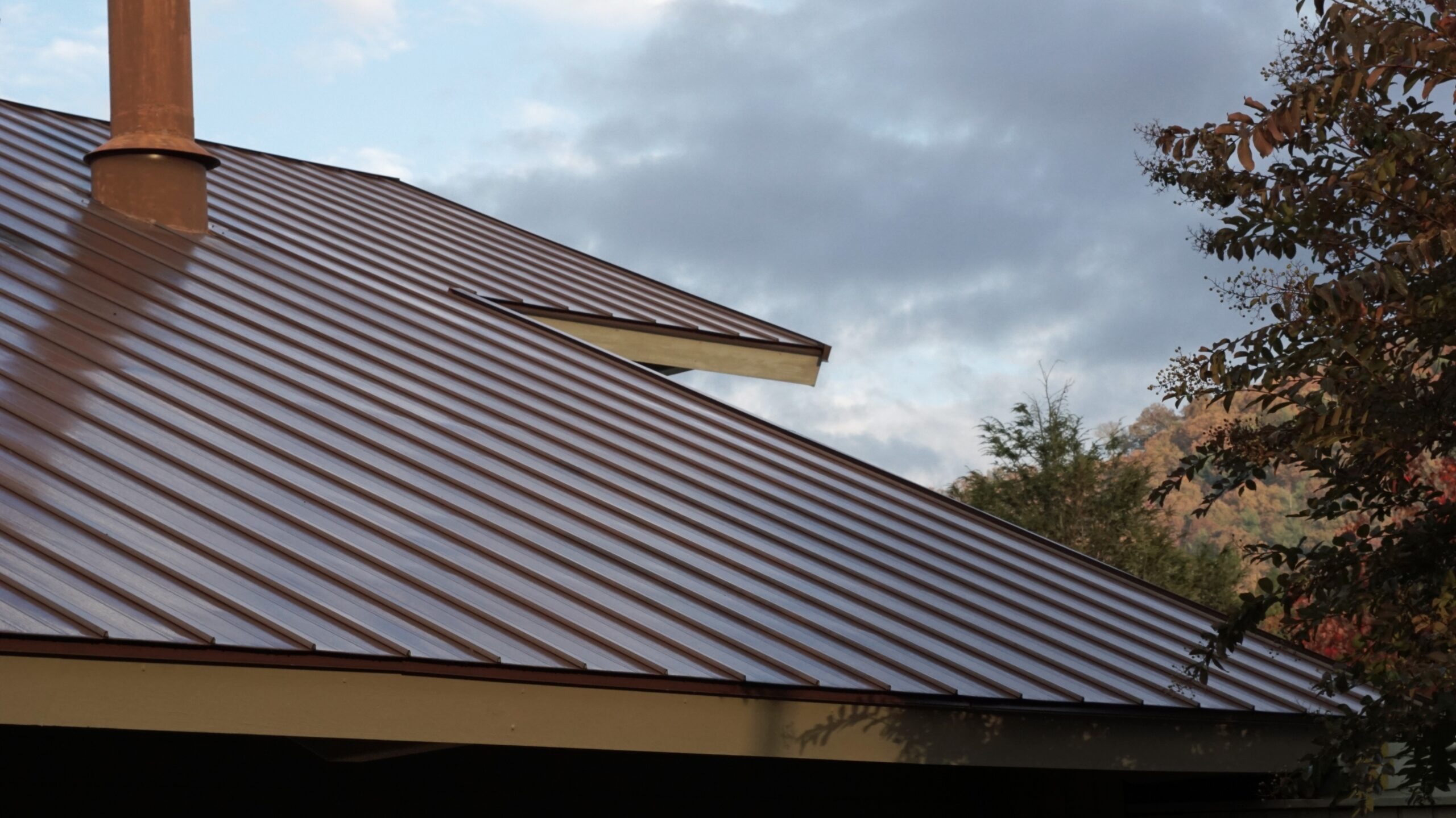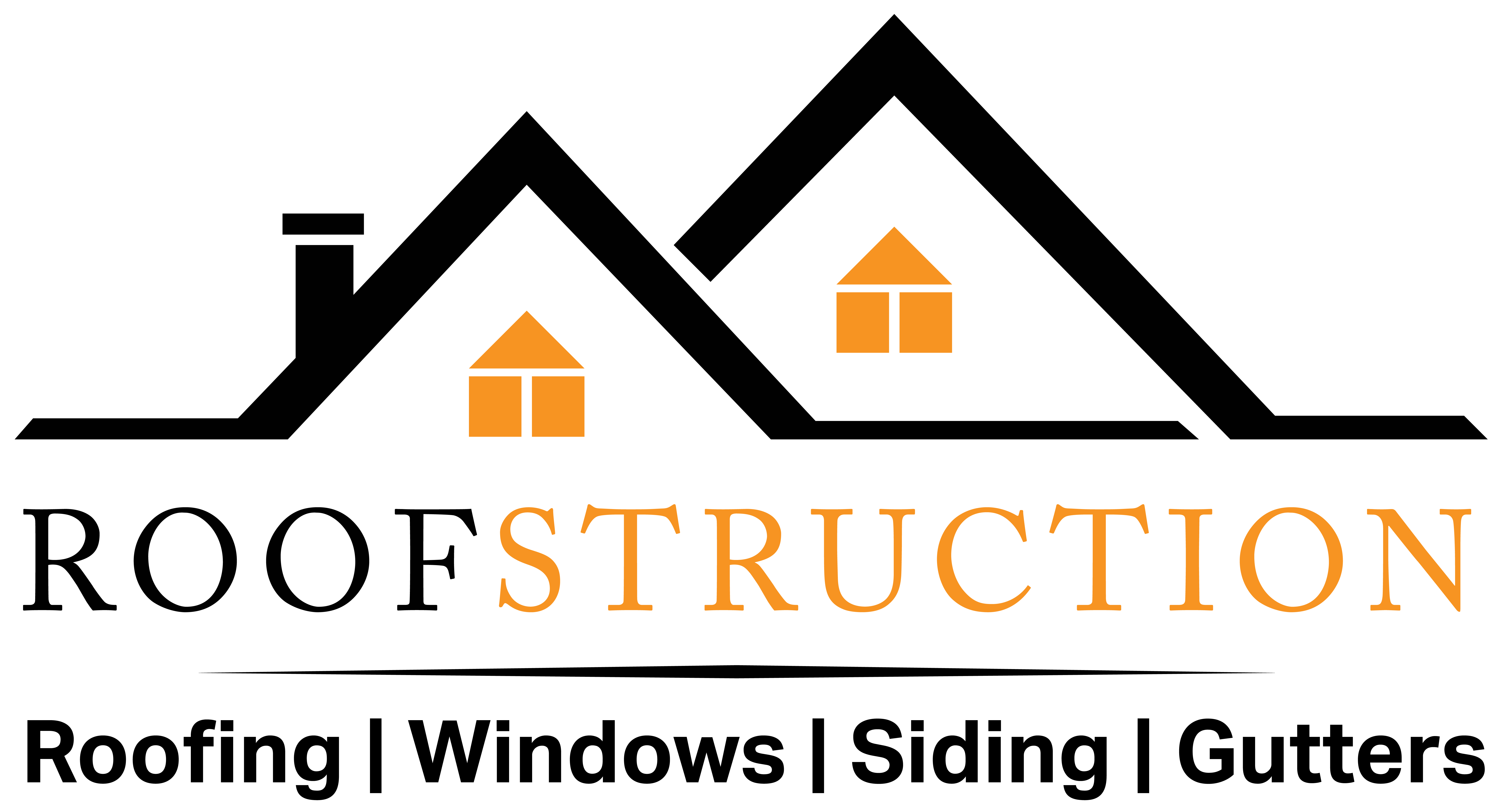Choosing the right roofing material is crucial not only for the safety and durability of your home but also for its energy efficiency. As we all strive to reduce our environmental impact and save on energy costs, the material covering our homes plays a pivotal role. Among the various options available, metal roofs have emerged as a standout due to their superior energy-saving capabilities. In this article, we will explore how metal roofs compare to other popular roofing materials like asphalt shingles and clay tiles, delve into their energy-efficient properties, and examine how they can help reduce your cooling costs
What’s the Most Energy-efficient Roofing Option?
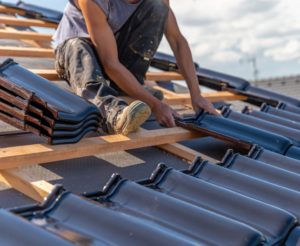
When choosing a roofing material, energy efficiency is a key consideration for many homeowners. The most common materials include metal roofs, asphalt shingles, and clay tiles. Each of these options has its own set of advantages and limitations regarding thermal performance and overall sustainability.
Metal roofs are renowned for their ability to reflect solar heat, especially when treated with a reflective coating. This characteristic helps keep homes cooler during the hot summer months, reducing the need for air conditioning. Furthermore, metal roofs are durable and can last up to 50 years or more with minimal maintenance, making them an excellent long-term investment for energy savings.
Asphalt shingles, on the other hand, are one of the most popular roofing materials due to their cost-effectiveness and ease of installation. However, they tend to absorb more heat due to their darker colors and heavier composition, which can lead to higher indoor temperatures and increased energy costs for cooling.
Clay tiles are favored in warmer climates for their natural thermal resistance. The heavy thermal mass of clay tiles helps regulate indoor temperatures by reducing heat transfer. While effective in specific settings, clay tiles are more brittle and heavier, requiring more structural support, which might not be suitable for all homes.
Among these options, metal roofs stand out for their superior energy efficiency. They not only reduce cooling costs but also contribute to a home’s overall environmental friendliness by being fully recyclable at the end of their lifespan.
Are metal roofs energy efficient?
Metal roofs excel in energy efficiency, making them a preferred choice for environmentally conscious homeowners. One of the key features that contribute to their efficiency is their ability to reflect sunlight. Unlike darker roofing materials that absorb heat, metal roofs typically have a high solar reflectance. This quality is enhanced by special finishes that reflect UV and infrared light rays, which are significant contributors to roof surface heating.
Reflectivity in metal roofs is often complemented by their emissivity properties. Emissivity refers to the ability of the roof to emit absorbed heat rather than transfer it into the building. This means that even on hot days, metal roofs can help maintain cooler interior temperatures, reducing the need for air conditioning. The combination of high reflectivity and emissivity in metal roofs can lead to a reduction in energy consumption by up to 40%, depending on the region and climate.
To further boost their energy-efficient credentials, many metal roofs come with ENERGY STAR ratings. These ratings indicate that the roof meets or exceeds federal standards for energy efficiency, promising significant savings on energy bills. Metal roofs also contribute to sustainable building practices as they are often made from recycled materials and are 100% recyclable at the end of their life cycle, reducing waste and the use of virgin resources.
Do metal roofs reduce cooling costs?
The direct impact of metal roofs on reducing cooling costs is one of their most appealing benefits, particularly in warmer climates. By reflecting the majority of the sun’s rays, metal roofs maintain a much cooler surface compared to traditional roofing materials like asphalt shingles, which absorb and hold heat. This key feature significantly lessens the heat transferred into the home, meaning air conditioning systems don’t have to work as hard to keep indoor temperatures comfortable.
Research shows that homes with metal roofs can experience up to a 25% reduction in cooling costs during the summer months. This is not only a win for your wallet but also for the environment, as lower energy consumption translates to decreased carbon emissions. The savings can vary based on factors such as the color of the roof, the presence and type of underlayment, and the insulation in the attic. Lighter-colored metal roofs, for example, have higher reflectivity and thus offer more cooling benefits.
Additionally, many homeowners see a return on their investment in metal roofing through these energy savings over time. The initial higher cost of a metal roof is offset by the decrease in energy bills, making metal roofs a cost-effective option in the long term. This economic efficiency, combined with the environmental benefits, makes metal roofing a smart choice for those looking to optimize their home’s energy use and reduce their ecological footprint.
How do you reduce heat on a metal roof?
Improving the energy efficiency of a metal roof involves several strategies that can optimize its performance even further. First and foremost, selecting the right color plays a crucial role. Lighter colors such as white, light gray, or beige have higher solar reflectance than darker colors. This means they are more effective at reflecting the sun’s rays away from the roof, keeping the building cooler without overworking the air conditioning systems.
Installing proper insulation under the metal roof is another vital step. Good insulation helps reduce heat transfer from the roof to the living spaces below, maintaining a stable and comfortable indoor temperature year-round. This can be particularly beneficial during both hot summers and cold winters, as it helps keep the interior climate controlled, reducing the need for heating and cooling.
Ventilation is equally important. Adequate roof ventilation ensures that any heat that does penetrate is quickly dispersed, preventing it from building up and radiating down into the home. Options like ridge vents or attic fans can be very effective in maintaining airflow, which helps to cool the roof’s surface and subsequently reduces the temperature inside the house.
Finally, applying specialized reflective coatings or installing radiant barriers can significantly enhance a metal roof’s ability to reflect heat. These materials are designed to reflect infrared radiation, which can help decrease the roof’s temperature and further reduce cooling costs.
Conclusion
Metal roofs offer a remarkable combination of durability, aesthetic appeal, and energy efficiency, making them an excellent choice for homeowners looking to enhance their property’s value while reducing environmental impact. By reflecting solar heat and incorporating energy-saving technologies, metal roofs significantly lower cooling costs and improve indoor comfort. Additionally, their long lifespan and recyclability contribute to a sustainable building practice. As energy costs continue to rise and environmental concerns become more pressing, choosing a metal roof is a smart, forward-thinking investment that benefits both your wallet and the planet.
